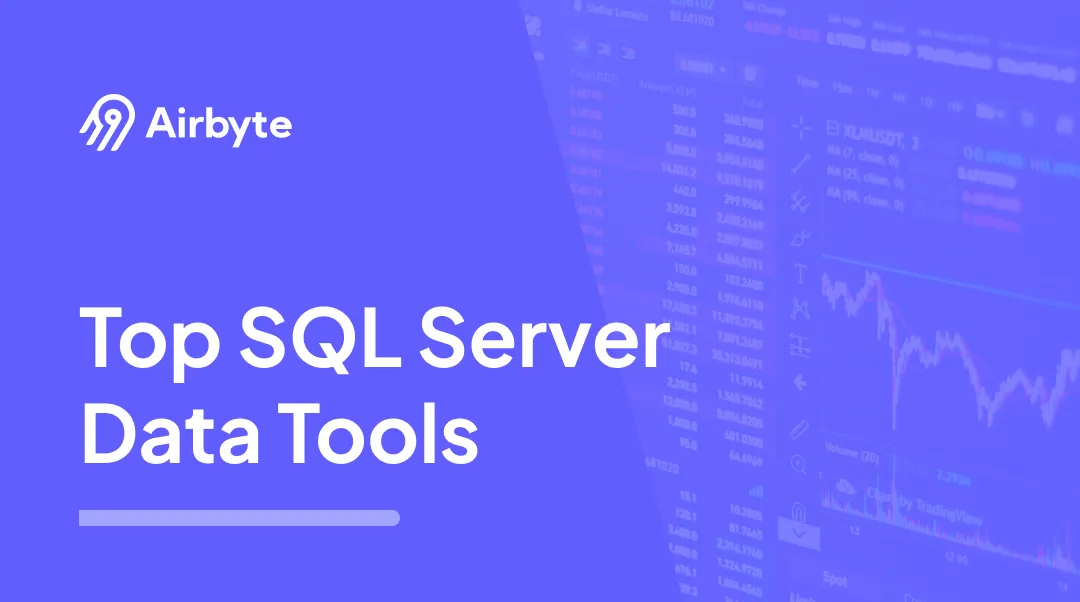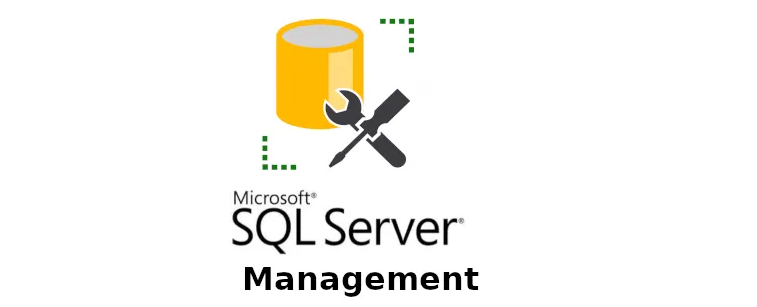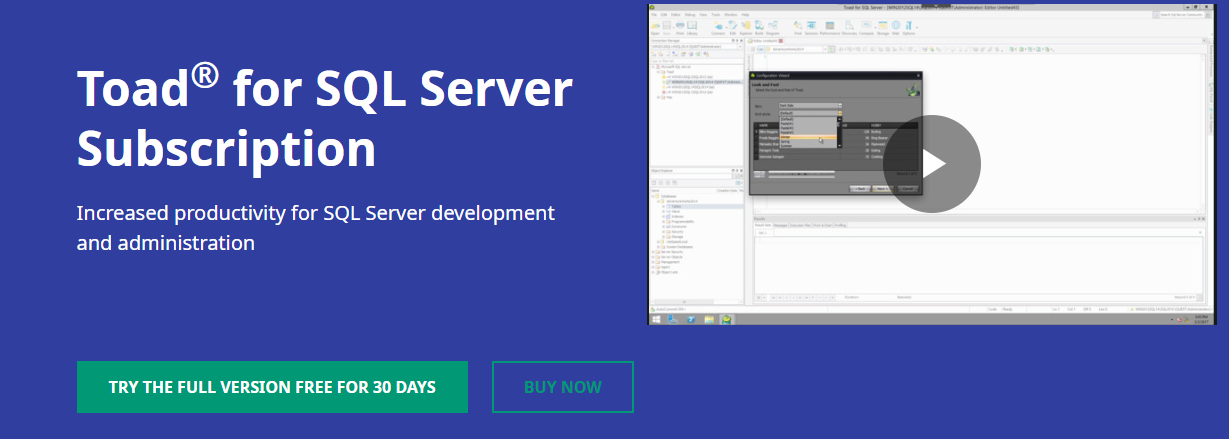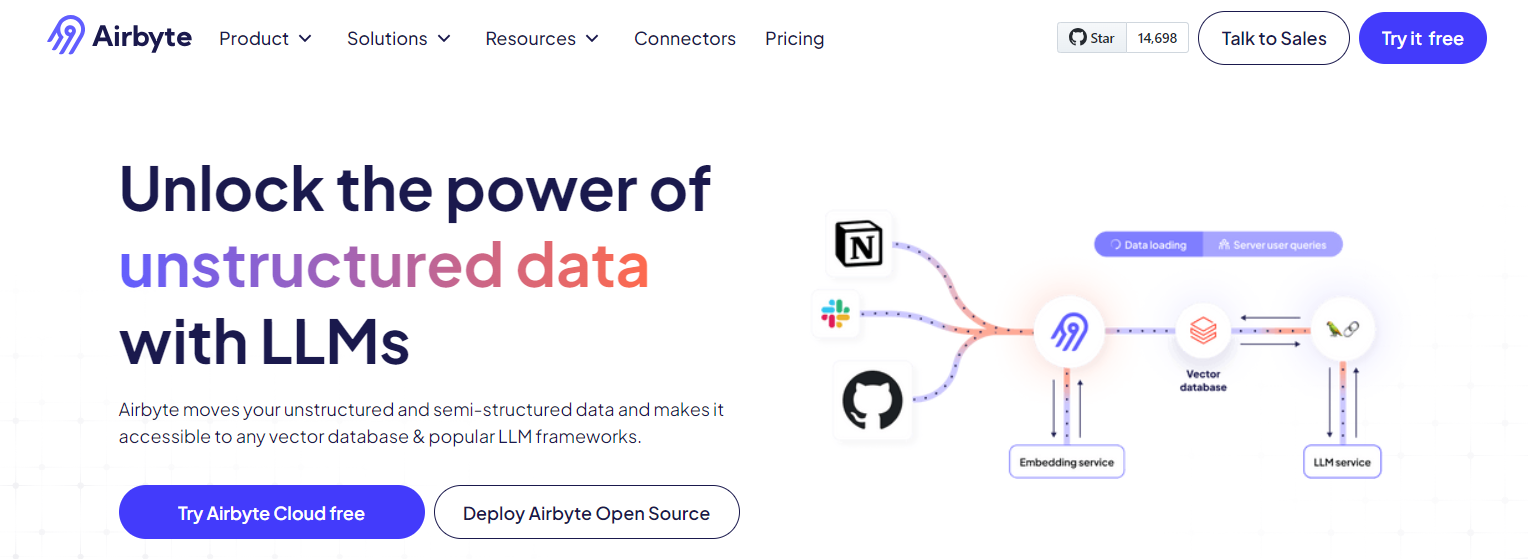Top 5 SQL Server Data Tools to Check in 2026
Summarize this article with:


Microsoft SQL Server remains a popular choice for businesses seeking a robust and reliable relational database management system. Its vast array of features and capabilities empowers you to store, retrieve, and manipulate data efficiently. There are several powerful SQL Server data tools available in the market to enhance the management and analysis of your data.
It's crucial for your businesses to have advanced tools to handle large volumes of data. In this blog, you will explore the top five SQL Server data tools for the year 2025, highlighting their key features and benefits.
Top 5 SQL Server Data Tools
Here are some of the most popular SQL server data tools, along with their key features:
SQL Server Management Studio (SSMS)

SQL Server Management Studio (SSMS) is a comprehensive, integrated environment developed by Microsoft for managing SQL Server databases. It offers a graphical user interface that allows you to interact with SQL Server instances and perform various tasks. It enables you to write SQL queries of any complexity with high efficiency.
Here's an overview of its key features:
Query Editor: SSMS includes a powerful query editor that enables you to write and execute Transact-SQL (T-SQL) queries against SQL Server databases. It provides syntax highlighting and debugging capabilities to help you write SQL queries with ease.
Object Explorer: Object Explorer in SSMS offers a hierarchical user interface for viewing and managing objects within each SQL Server instance. It displays instance objects in a tabular format and enables you to search for specific objects.
Template Explorer: In SSMS, template scripts are available to assist in creating objects such as databases, tables, views, indexes, triggers, and functions. These scripts contain parameters that can be customized to tailor the code to specific requirements.
Integration with Other Tools: It integrates well with other SQL Server-related tools and services. For example, you can integrate SSMS with SQL Server Reporting Services (SSRS) for creating and managing reports.
dbForge Studio

dbForge Studio is a comprehensive, integrated development environment (IDE) designed for SQL Server database development, management, and administration. The Source Control functionality incorporated into dbForge Studio enables you to maintain database integrity, enhance team collaboration, and streamline database deployment processes more effectively.
Here's an overview of its key features:
Data Import and Export: With dbForge Studio, you can easily import and export data to and from SQL Server databases. It supports various data formats, including Excel, CSV, XML, and more. You can customize import and export settings and automate data transfer tasks via the command line.
SQL Coding Assistance: The IDE provides advanced code completion, code snippets, and syntax highlighting for writing SQL queries and scripts. It helps improve productivity and reduces coding errors by suggesting code elements, keywords, and objects as you type.
Query Profiler: dbForge offers a Query Profiler tool designed to help you analyze and optimize the performance of queries in SQL Server databases. It generates profiling results that provide detailed statistics about executed queries. This allows you to identify and address slow queries and troubleshoot performance issues.
Database Administration: Security Manager in dbForge Studio is a powerful SQL Server administration tool designed to protect your data and streamline admin tasks. It lets you define and manage user roles, permissions, and access controls to guarantee that only authorized individuals can access sensitive data.
MySQL Workbench

MySQL Workbench is a unified visual database design and administration tool developed by Oracle Corporation. It provides a comprehensive set of features for managing MySQL databases. Additionally, MySQL Workbench provides a user-friendly solution for migrating tables, objects, and data from Microsoft SQL Server and other relational database management systems (RDBMS) to MySQL.
Here's an overview of its key features:
Database Administration: MySQL Workbench provides a visual console to easily administer MySQL environments and gain better visibility into databases. You can use the visual tools to configure servers, manage users, and perform backups and recoveries.
Visual Performance Dashboard: It includes performance reports that offer detailed insights into the performance of MySQL applications. These reports provide valuable information about IO hotspots, high-cost SQL statements, and other performance-related metrics. You can use this information to identify areas that require optimization.
Data Modeling: MySQL Workbench allows you to create, edit, and manage database models using entity-relationship diagrams (ERDs). It supports forward and reverse engineering capabilities, enabling you to generate SQL scripts from existing databases or vice versa.
SQL Development: You can write SQL queries directly within the integrated SQL Editor. This allows you to create, edit, and execute SQL queries conveniently within the Workbench environment.
Aqua Data Studio

Aqua Data Studio is a versatile universal database IDE. It caters to various database platforms, including relational, NoSQL, and cloud-based databases. This powerful tool offers a wide range of features designed to streamline SQL Server management tasks and enhance productivity.
Here's an overview of its key features:
Visual Query Builder: It helps you construct complex database queries with ease. Query builders help minimize errors by automatically generating SQL code based on user inputs. This reduces the possibility of syntax errors and logical mistakes.
Table Data Editor: It provides a Table Data Editor feature that allows you to make changes to the result set of an executed query on a table using a convenient graphical interface. This makes it easy to modify data and perform actions such as adding or deleting rows.
Visual Data Analytics: In Aqua Data Studio, the Visual Analytics feature empowers you to transform query results into visually engaging representations. You can create interactive dashboards by effortlessly dragging in visualizations from multiple worksheets.
Cross-Platform Compatibility: Aqua Data Studio is compatible with Windows, macOS, and Linux platforms, providing flexibility across different operating systems.
Toad for SQL Server

Toad for SQL Server is a comprehensive database management tool designed to streamline SQL Server development and administration tasks. It complements Microsoft tools by addressing core SQL Server challenges, allowing you to manage multiple databases.
Here's an overview of its key features:
SQL Optimizer: The SQL Optimizer in Toad facilitates application performance tuning by automating query rewrites and optimization processes. With this functionality, you can effortlessly improve the performance of SQL queries.
Security management: Toad offers a comprehensive security management feature that enables you to manage and replicate security settings for all users across multiple servers. With this, you can effortlessly build and execute security-related scripts to enforce consistent security measures.
Schema Comparison and Synchronization: Toad enables you to compare and synchronize database schemas between different environments. This promotes consistency and integrity across databases.
Customized Reports: Toad enables you to create customized reports for administration and development. These reports can be exported in versatile formats, including Microsoft Excel, XML, Microsoft Word, and Adobe Acrobat. This ensures compatibility and accessibility across different platforms and applications.
Suggested Read: ETL in SQL
Simplify SQL Server Data Management with Airbyte

Although Microsoft SQL Server is considered one of the more user-friendly options available, it still requires a high level of expertise, particularly when migrating SQL Server data to a new destination. This is where Airbyte, a data integration and replication platform, can greatly assist.
With Airbyte, you can easily transfer data from/into SQL Server using low-code or no-code data pipelines. Its intuitive interface and pre-built connectors streamline the process, allowing you to set up and execute data replications without extensive SQL knowledge or manual scripting. This not only reduces the complexity of data migration but also accelerates analysis.
Here are the key features of Airbyte:
Connectors: Airbyte offers a wide catalog of over 550 pre-built connectors, including Microsoft SQL Server (MSSQL). It allows you to consolidate data from multiple sources and bring it all together into your target system, creating a unified view for easy analysis.
Ease of Use: Airbyte offers diverse options for building data pipelines, including an intuitive user interface (UI), powerful APIs, a Terraform Provider, and PyAirbyte. These facilitate rapid deployment and management of your data integration workflows.
Streamlined GenAI Workflows: You can shift your unstructured data directly into vector databases like Pinecone, Chroma, Qdrant, and Weaviate. This significantly simplifies your GenAI workflows. Additionally, you can perform automatic chunking and indexing to prepare your data for large language models.
Customization: Airbyte offers the Connector Development Kit (CDK) feature, which empowers you to develop custom connectors and construct data pipelines connecting your preferred source and destination systems. With Airbyte's CDK, you can create a no-code connector in less than ten minutes or develop a low-code connector in under 30 minutes.
AI Assistant: To streamline the process of building connectors, Airbyte has introduced an AI assistant for the Connector Builder. You only need to specify the source API documentation URL, and then the AI assistant will automatically scan, prefill, and configure the fields, reducing setup time.
Change Data Capture (CDC): The Change Data Capture (CDC) feature in Airbyte allows you to capture and track modifications or changes made to your dataset directly at the source. This captured data can then be seamlessly migrated to your destination. When configuring the data pipeline, you have the option to specify the incremental sync frequency, ensuring that only the updated or modified data is transferred.
Wrapping Up
This article explored the top five SQL Server data tools, delving into their key features and functionalities. Each tool offers unique capabilities to enhance SQL Server data management and analysis.
Check out our latest article on SQL Server ETL tools, where we delve into the top five solutions. If you're seeking an ideal data consolidation tool for Microsoft SQL Server.
However, if you are looking for an ideal solution to consolidate data in Microsoft SQL Server, we recommend using Airbyte. With its user-friendly interface and powerful capabilities, Airbyte simplifies the whole integration process. Explore its unique features and enhance your analysis by signing up for Airbyte today!
What should you do next?
Hope you enjoyed the reading. Here are the 3 ways we can help you in your data journey:



Frequently Asked Questions
What is ETL?
ETL, an acronym for Extract, Transform, Load, is a vital data integration process. It involves extracting data from diverse sources, transforming it into a usable format, and loading it into a database, data warehouse or data lake. This process enables meaningful data analysis, enhancing business intelligence.
This can be done by building a data pipeline manually, usually a Python script (you can leverage a tool as Apache Airflow for this). This process can take more than a full week of development. Or it can be done in minutes on Airbyte in three easy steps: set it up as a source, choose a destination among 50 available off the shelf, and define which data you want to transfer and how frequently.
The most prominent ETL tools to extract data include: Airbyte, Fivetran, StitchData, Matillion, and Talend Data Integration. These ETL and ELT tools help in extracting data from various sources (APIs, databases, and more), transforming it efficiently, and loading it into a database, data warehouse or data lake, enhancing data management capabilities.
What is ELT?
ELT, standing for Extract, Load, Transform, is a modern take on the traditional ETL data integration process. In ELT, data is first extracted from various sources, loaded directly into a data warehouse, and then transformed. This approach enhances data processing speed, analytical flexibility and autonomy.
Difference between ETL and ELT?
ETL and ELT are critical data integration strategies with key differences. ETL (Extract, Transform, Load) transforms data before loading, ideal for structured data. In contrast, ELT (Extract, Load, Transform) loads data before transformation, perfect for processing large, diverse data sets in modern data warehouses. ELT is becoming the new standard as it offers a lot more flexibility and autonomy to data analysts.
